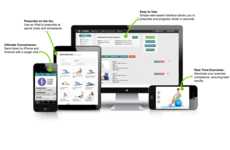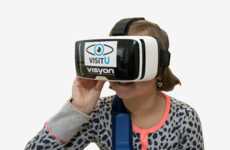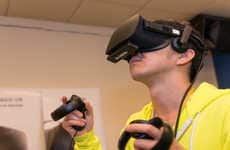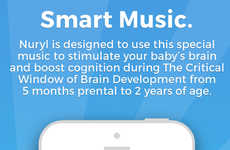



Accessible programs allow for the tracking of various cognitive functions
Implications - Cognitive tracking and enhancement are becoming increasingly accessible in the home, whether they target things like recall, or works as a diagnostic tool for various disorders. The rise of such accessible programs gives consumers the opportunity, to an extent, to take their health into their own hands, functioning as an added element that enhances trust between the consumer and the health practitioners they engage with.
Workshop Question - How could your brand work to empower its consumers?
Trend Themes
1. Cognitive Tracking - There is an increased accessibility to cognitive tracking and enhancement, which offers opportunities for health practitioners and consumers to improve the diagnostic process by tracking behavioral and non-behavioral parameters.
2. Brain-sensing Wearables - Wearable technology that tracks brain activity using EEG and EMG sensors is gaining popularity, creating opportunities to push non-invasive sensing technologies for consumers that are discreet, results-oriented, and easy to incorporate into their lifestyle.
3. Artificial Intelligence-based Diagnostic Apps - The rise of AI-based diagnostic apps can help improve the diagnosis process of brain disorders by tracking symptoms and progress, identifying patterns, and providing health-care practitioners with an actionable well for better treatment methods.
Industry Implications
1. Healthcare - Cognitive Tracking and Brain-Sensing Wearables provide opportunities to improve diagnostic processes by tracking and measuring health parameters and offering patients greater control over the diagnosis and treatment process.
2. Personal Technology - Brain-Sensing Wearables and Cognitive Tracking provide new markets and opportunities for companies in the wearables industry to market cognitive wellness and personal health devices.
3. Artificial Intelligence - Artificial Intelligence-based Diagnostic Apps allow practitioners to improve their diagnosis methods and provide more targeted treatments by analyzing behavioral and non-behavioral data and identifying patterns using artificial intelligence algorithms.














































